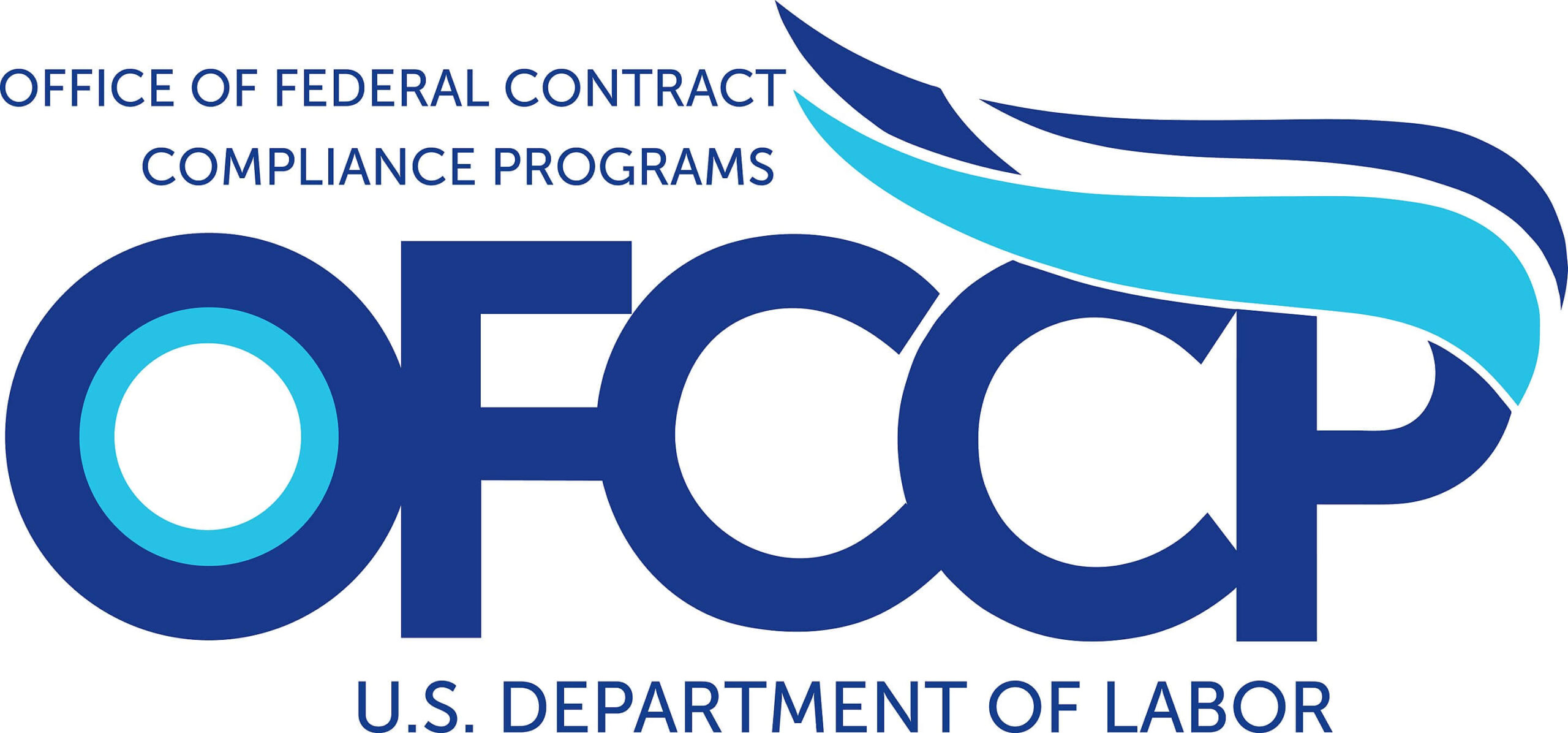How does the Supreme Court of the United States’ ban on affirmative action in higher education affect government contractors? In short—it doesn’t. Covered federal contractors and subcontractors must continue to comply with their regulatory obligations under Executive Order (EO) 11246, the Vietnam Era Veterans’ Readjustment Assistance Act (VEVRAA), and Section 503 of the Rehabilitation Act. However, federal contractors can expect that their diversity efforts will receive more scrutiny going forward. Below, we address a number of questions that may be top of mind for contractors in the wake of the Supreme Court’s recent decision.
1. How is “affirmative action” by federal contractors different than affirmative action in college admissions?
EO 11246 prohibits contractors from discriminating against applicants or employees on the basis of race, color, religion, sex, sexual orientation, gender identity, or national origin. In addition, it requires contractors to engage in “affirmative action.” All groups are protected equally. Under the relevant regulations, contractors must “take affirmative action to ensure that applicants are employed, and that employees are treated during employment, without regard to” any protected status. (Emphasis added.) Therefore, affirmative action involves working to ensure equal opportunity in employment and promoting diversity in the workforce, without taking any protected characteristics into consideration. In fact, favoring any race (or other protected category) over another is expressly prohibited. By contrast, in the recent Supreme Court cases, the university respondents’ affirmative action programs were race-conscious because admissions officers specifically considered race as a factor when making admissions decisions.
The Office of Federal Contract Compliance Programs (OFCCP) has published guidance in the form of a frequently asked question (FAQ) addressing the differences between contractors’ affirmative action obligations and affirmative action in higher education. The FAQ asks, “Are the affirmative action obligations OFCCP enforces similar to the affirmative action steps taken by some educational institutions to increase the racial diversity of their student bodies?”
Before the Supreme Court’s recent decision, OFCCP’s response read:
No. While OFCCP seeks to increase the diversity of the federal contractor workforce through the variety of affirmative action obligations described above, the obligations it enforces are wholly distinct from the concept of affirmative action as implemented by some post-secondary educational institutions in their admissions processes. In contrast to the affirmative action implemented by many post-secondary institutions, OFCCP does not permit the use of race to be weighed as one factor among many in an individual’s application when rendering hiring, employment, or personnel decisions, as racial preferences of any kind are prohibited under the authorities administered by OFCCP … OFCCP, therefore, does not permit the use of race as a factor in contractors’ employment practices to achieve diversity in the workforce, either by using race as one factor among many to achieve a “critical mass” of representation for underrepresented minorities or through direct numerical quotas or set-asides … OFCCP’s affirmative action regulations expressly forbid the use of quotas or set asides, provide no legal justification for a contractor to extend preferences on the basis of a protected status, and do not supersede merit selection principles.
On July 27, 2023, OFCCP updated its response to read:
No. OFCCP enforces nondiscrimination and affirmative action obligations to ensure equal opportunity in the federal contractor workforce, while some post-secondary educational institutions have implemented a wholly distinct concept of affirmative action that permitted the use of race to be weighed as one factor among many in admissions processes. Further, the Supreme Court’s decision … applies only to higher education admissions programs and does not address the employment context … There continue to be lawful and appropriate ways to foster equitable and inclusive work environments and recruit qualified workers of all backgrounds. OFCCP’s affirmative action requirements enable employers to reduce the risk of discrimination in their workforces and recruit and retain diverse talent.
2. Are EO 11246 placement goals still legal?
Yes. Contractors are required by regulation to establish placement goals if women or minorities are underutilized in their workforces, as compared to the relevant labor market. Placement goals are not quotas, and contractors cannot use them to extend a hiring or promotion preference to any individual. Quotas or set-asides are illegal. Contractors that establish placement goals may want to focus on making good faith efforts to expand their outreach and recruitment efforts to reach diverse, qualified candidates.
3. Can contractors give hiring preferences to veterans or special opportunities to individuals with disabilities?
Yes. The recent Supreme Court decision only addresses race preferences in higher education admissions; it does not discuss any other protected characteristics. While the federal government may grant a hiring preference to certain veterans who apply for government jobs, private employers, including contractors, do not actually have to give a hiring preference to veterans. Rather, contractors must simply notify the state employment service delivery system that they request priority referral of qualified veterans for employment. In addition, contractors must adopt a VEVRAA hiring benchmark, and OFCCP encourages contractors to take steps to engage in outreach and recruitment efforts to meet that benchmark, but that benchmark is not a quota. The Supreme Court’s recent decision has no impact on these veteran hiring regulatory requirements, and contractors may choose to prioritize veteran hiring, though they are not required to do so.
In addition, contractors are still permitted to develop voluntary affirmative action programs for employees with disabilities to provide them with additional training and development opportunities.
4. Should contractors continue to use EEO taglines?
Yes. Contractors must continue to include an equal employment opportunity (EEO) tagline on job postings. However, contractors may want to consider removing references to “affirmative action” in their taglines, given the potential confusion over the impact on employers of the Supreme Court decision and the current cultural implications of the term. Such language is not required, and contractors can meet their regulatory obligations by labeling themselves as an equal opportunity employer (including disability/vets, as applicable).
5. Should contractors continue to collect race and ethnicity data from applicants and employees?
Yes. While the Supreme Court debated the appropriateness of the race and ethnicity categories used by the university respondents in the affirmative action cases, contractors must collect data using those categories to comply with various recordkeeping and government reporting obligations, including EEO-1 reporting. Therefore, contractors may want to continue asking applicants and employees to voluntarily self-identify this information. Contractors may want to monitor developments from the Office of Management and Budget’s Federal Interagency Technical Working Group on Race and Ethnicity Standards, as they may revise these self-identification categories next year.
6. What are some tips contractors may want to consider in light of the Supreme Court’s recent decision?
Responding to Inquiries Regarding Affirmative Action Programs
Consider preparing responses to questions about the legality of the contractor’s affirmative action program from various sources—employees, human resources departments, legal departments, and even third-parties like shareholders, Board members, and the media. There is a lot of potential confusion about the difference between affirmative action in higher education (which considers race as a factor in admissions decisionmaking) and affirmative action by contractors (which requires race-neutral decisionmaking in employment). Remember, contractors are legally required to continue complying with their affirmative action obligations after the Supreme Court’s recent decision.
Creating Applicant and Promotion Pipelines
Contractors may want to focus on creating robust applicant and promotion pipelines. As part of this effort, contractors may want to expand their outreach and recruitment to diverse groups by focusing on a wide variety of sources. This goes beyond just posting on diverse job boards, such as partnering with various community organizations, training programs, and educational institutions. Contractors may also want to review their job postings and job descriptions to ensure they are inclusive and free from bias and consider whether job requirements, such as degree requirements, are actually necessary, or whether they pose an artificial barrier to employment or advancement. In addition, contractors may want to renew their efforts to train and advance existing employees so they can retain the diverse talent that is already in their workforce.
Conducting a Self-Audit
Contractors may want to conduct a self-audit of their current policies and practices to evaluate both legal and cultural risks. This includes reviewing policies and messaging around diversity, equity, and inclusion (DEI) programs, reviewing recruiting and hiring programs to ensure they are lawful and do not contain any preferences or quotas, and providing training, particularly to recruiters and hiring managers so they make all employment decisions based on legitimate, nondiscriminatory factors. Contractors may also want to monitor state and local laws for new developments that may limit certain DEI activities in the workplace.
Ogletree Deakins’ Affirmative Action and OFCCP Compliance Practice Group will continue to monitor developments and will publish updates on the Affirmative Action / OFCCP, Diversity and Inclusion, Higher Education, and Government Contractors blogs as additional information becomes available.






